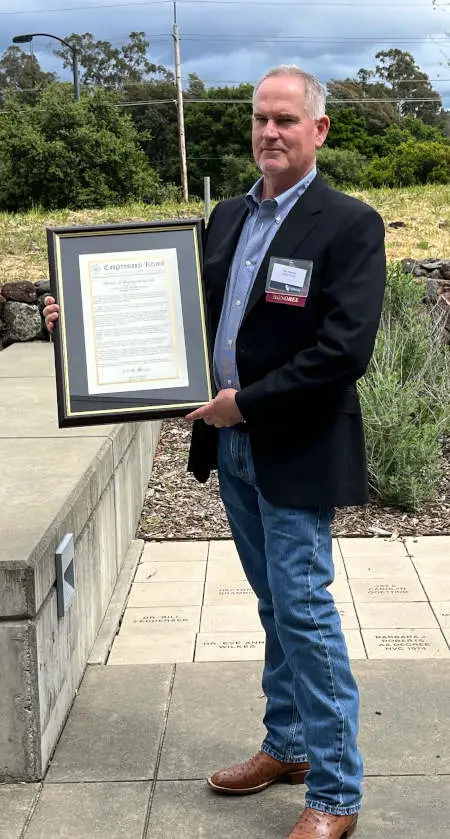- Lake County News reports
- Posted On
Assembly Public Safety Committee approves measure creating Tribal Peace Officer Pilot Project
Assemblymember James C. Ramos (D-San Bernardino) introduced AB 2138 earlier this year as an additional means to battle the MMIP crisis in California.
“California ranks fifth in the nation for uninvestigated, unresolved MMIP cases,” Ramos said. “The devastating MMIP crisis has caused untold tragedy that continues into future generations robbing families of loved ones and too often leaving children without mothers or fathers. One contributing factor to this epidemic is the confusion over law enforcement jurisdiction caused by a 1953 federal law. We can reduce the number of unsolved cases by clarifying jurisdiction and permitting tribal police to pursue alleged perpetrators with the same authority as state peace officers if they meet California requirements.”
The participating tribes include Blue Lake Rancheria and the Yurok tribe, both from Humboldt County and Coyote Valley Band of Pomo Indians located in Mendocino County.
In December 2021, the Yuroks declared an emergency declaration because of a spate of missing persons and attempted human trafficking.
“It is our firm belief that this bill and pilot program will combat the crisis of MMIP by improving public safety in tribal communities,” said Yurok Tribal Chairman Joe James when asked about his tribe’s sponsorship of AB 2138. “Thank you to Assemblymember Ramos for his leadership on this important issue, and we look forward to the collaborative efforts with tribal communities to ensure our safety and wellbeing.”
In 1953, Congress approved Public Law 280, or PL 280, that transferred responsibility for law enforcement and criminal justice on tribal lands to six states, including California.
The law resulted in fewer resources for public safety and created jurisdictional confusion among federal, state and local law enforcement and less safety overall on reservations.
In late March, the Assembly Select Committee on Native American Affairs and the Public Safety Committee conducted an informational roundtable about the impact of the law in California and how it contributes to the MMIP crisis. The roundtable hearing featured tribal leaders and police, victims and University of California, Los Angeles author and distinguished research professor Carole Goldberg. Goldberg is a noted researcher and writer on PL 280.
Negative impacts of Public Law 280 (PL 280) include the absence of peace officer status for tribal police; the inability to arrest non-Native persons committing crimes on native lands, less support for funding and infrastructure, lack of equipment and training, and a greater mistrust of policing.
If AB 2138 is approved, the DOJ will monitor, evaluate and support the program and will not be construed to infringe on tribal sovereignty. A tribal officer designated as a peace officer would have authority on the tribal lands and also on any place in the state specified the bill such as:
• When an immediate danger to persons or property exists;
• When making an arrest where there is probable cause to believe a public offense has occurred on tribal land and with prior consent of police or sheriff;
• When an officer is in hot pursuit of a suspect in a crime committed on tribal land; and
• When delivering an apprehended person to the law enforcement authority or magistrate in the city or county where the offense occurred.
AB 2138 will be heard next in the Assembly Committee on Appropriations.
The Yurok Tribe and California Indian Legal Services are sponsors. Supporters include Blue Lake Rancheria, California Tribal Business Alliance, Habematolel Pomo of Upper Lake, Initiate Justice, Picayune Rancheria of the Chukchansi Indians, Strong Hearted Native Women’s Coalition, Inc. and Tejon Indian Tribe.

 How to resolve AdBlock issue?
How to resolve AdBlock issue? 









